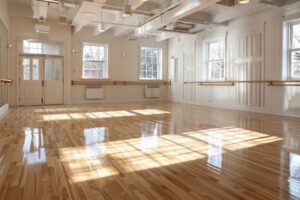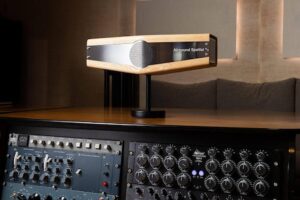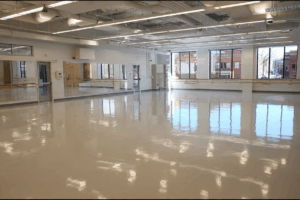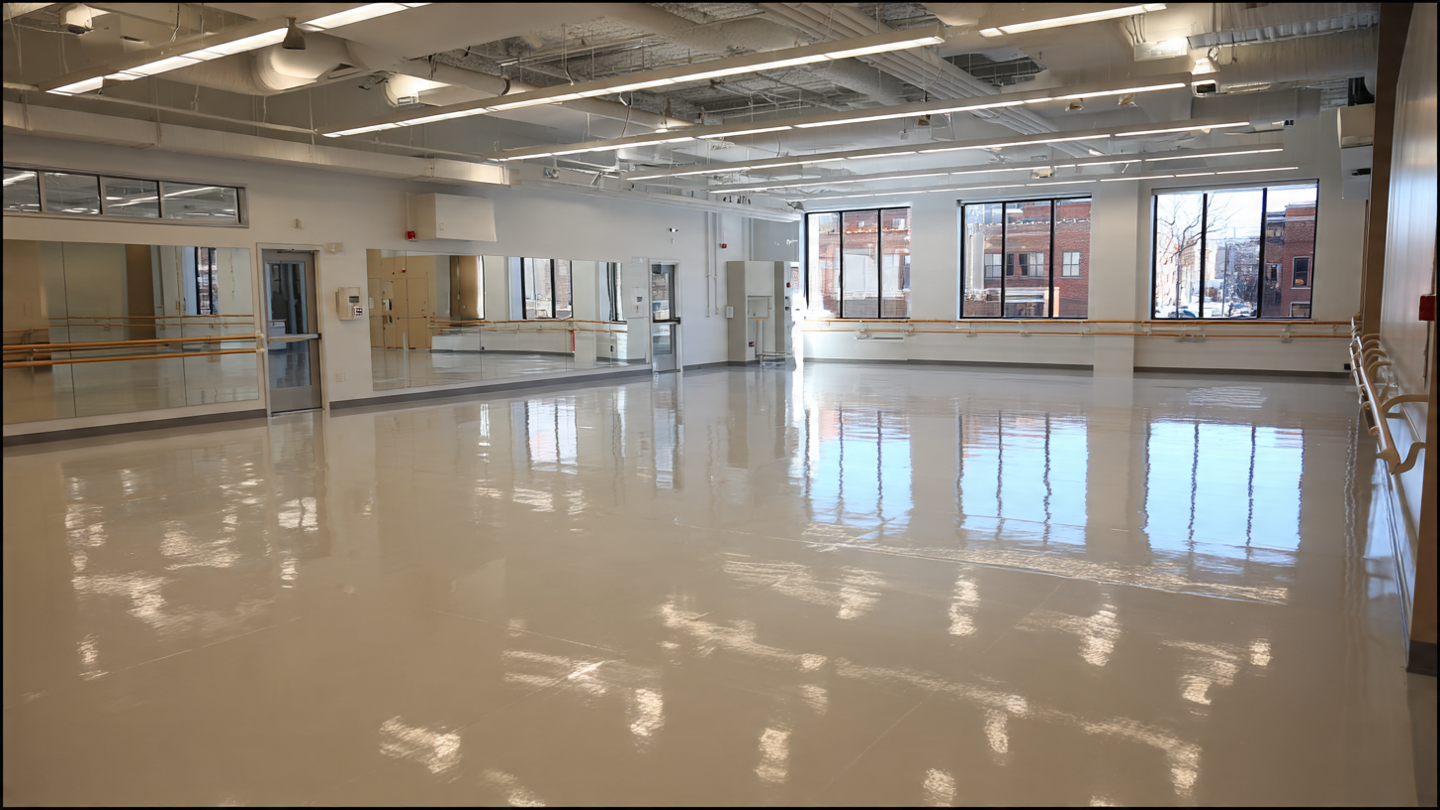Introduction
Have you ever wished to practice your dance routines anytime you want—without leaving home? Building a home dance studio isn’t just for professionals. Whether you’re a ballet beginner, fitness enthusiast, or aspiring choreographer, a personal studio provides freedom, focus, and creativity in one space. With the right design, equipment, and atmosphere, your home can transform into a performance-ready haven. Here’s a step-by-step guide to creating the perfect home dance studio that matches your style, budget, and goals.
1. Choose the Right Room or Space
The first step is identifying a space that gives you freedom of movement. Ideally, pick a room with a minimum ceiling height of 8–9 feet and enough area to stretch, spin, and leap safely. Basements, spare bedrooms, or garages can work well if properly ventilated and insulated. Ensure good natural or artificial lighting, as it greatly influences the studio’s mood and visibility during practice.
2. Install Proper Flooring
Flooring is the foundation of any dance studio—literally. Avoid concrete or hard tiles that can cause injuries. Opt for sprung floors or vinyl Marley flooring, both of which offer excellent shock absorption and traction. For multipurpose use (like Zumba or hip-hop), interlocking foam or wood laminate panels are cost-effective options that still protect your joints.
3. Add Full-Length Mirrors
Mirrors are a dancer’s best friend. They help refine technique, improve posture, and enhance self-awareness. Install floor-to-ceiling mirrors on at least one wall for a professional look. If space or budget is limited, mirrored panels or adhesive mirror sheets are practical alternatives that still deliver great visibility.
4. Soundproof the Space
Dance sessions often involve loud music, which can disturb others in your home or neighborhood. Use acoustic foam panels, thick rugs, and insulated curtains to reduce noise. If you’re building in a garage or basement, seal gaps in windows and doors. Soundproofing doesn’t just prevent noise—it improves sound quality for a more immersive dance experience.
5. Set Up an Audio System
A strong rhythm drives strong performance. Invest in a Bluetooth sound system or smart speaker setup that offers clear, balanced sound. For serious dancers, wall-mounted speakers with adjustable bass and treble deliver the best results. Always position your speakers strategically to avoid echoing or uneven volume.
6. Optimize Lighting and Ambience
Lighting sets the tone for your practice. Use LED panels, soft spotlights, or natural daylight to energize the space. For a creative vibe, consider color-changing smart bulbs or LED strips that sync with your music. Proper lighting also enhances safety by illuminating every corner of your practice area.
7. Keep It Clutter-Free with Storage Solutions
Organization equals efficiency. Add wall-mounted shelves, storage benches, or cubbies to store shoes, mats, and accessories. A tidy space prevents distractions and accidents, keeping your focus where it belongs—on the dance floor.
8. Personalize with Décor and Motivation
Your studio should reflect your personality. Decorate with motivational quotes, soft drapes, plants, or dance posters. A touch of color or art can inspire creativity and make every session feel like a performance. This is your personal retreat—make it inviting and inspiring.
9. Include Safety Essentials
Don’t overlook safety. Keep a first-aid kit, non-slip mats, and stretching tools nearby. Proper ventilation, hydration stations, and adequate space around mirrors and furniture are also key. Safety ensures you can dance freely without risk.
10. Record and Review Your Practice
To track progress, set up a camera or tripod for recording sessions. Reviewing footage helps refine movements and choreography. You can even create content for social media or auditions directly from your home studio—turning practice into performance.
Bonus Tip: Consider Professional Consultation
If you’re planning a high-end setup, consider consulting a dance instructor or interior designer specializing in studio spaces. They can optimize layout, acoustics, and aesthetics to match your dance style and budget perfectly.
FAQs
1. What is the best flooring for a home dance studio?
Vinyl Marley and sprung wood floors are the most recommended for durability, comfort, and safety.
2. How big should a home dance studio be?
A minimum of 10×10 feet works for solo practice, but more space allows better movement and versatility.
3. Do I need professional mirrors?
No, adhesive mirrors or panels work well for home studios as long as they provide full-body reflection.
4. How can I soundproof my dance space on a budget?
Use thick rugs, foam panels, and door seals to minimize sound leakage affordably.
Conclusion
A home dance studio is more than a luxury—it’s an investment in passion, health, and self-expression. With thoughtful design, proper equipment, and creative touches, you can create a space that motivates and moves you every day. So clear that corner, turn up the music, and start dancing—your dream studio awaits!










